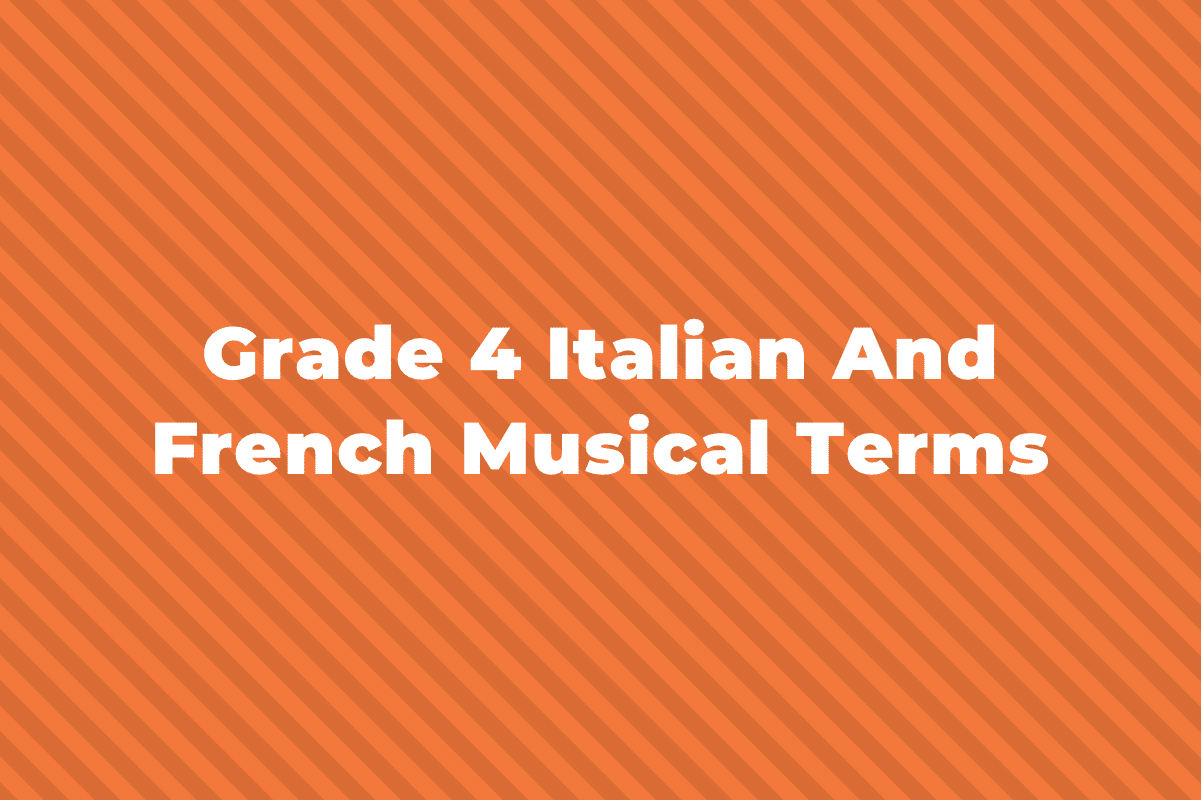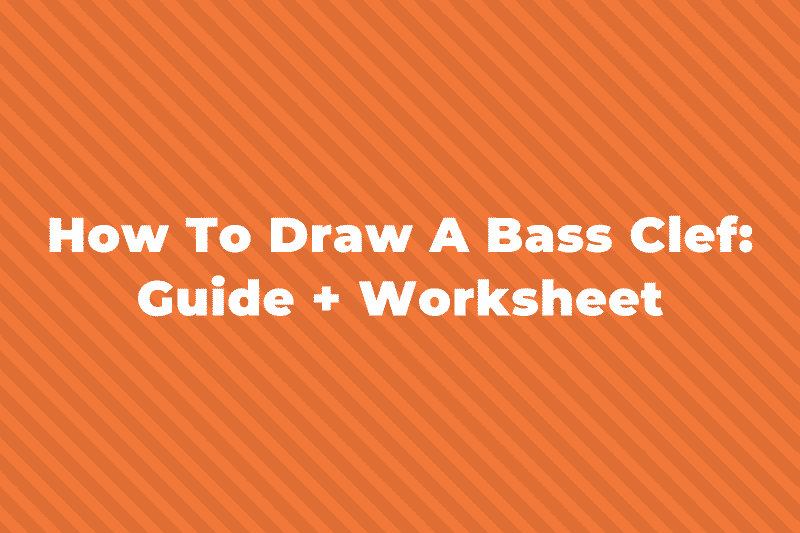All music that has ever been written is some combination of sound and time. You can’t have music without something (a singer, a violin, a stick) producing sound, and these sounds have to be made over a period of time.
The main aspect of music that deals with time is rhythm. It is, maybe behind melody, the most used word when talking about music. Every single piece of music you hear on the radio has a rhythm to it.
In this article, we’ll give you a complete guide to rhythm – what it is, how it can be defined, and how it’s used in music. Let’s get started by looking at what is rhythm in music.
Definition of Rhythm in Music
Rhythm in music refers to the pattern of sounds and silences that occur over time. It is the element of music that creates a sense of movement and forward momentum and is often described as the “heartbeat” or “pulse” of a piece of music.
Rhythm isn’t just about music, and you’ll find it in all aspects of life. For example, the Earth travels around the sun with a rhythm of about 365 days, and it rotates with a rhythm of 1 day. Your heart beats at a specific rhythm, and a watch ticks along at an exact rhythm of 60 beats per minute.
In music, rhythm refers to the pattern of regularly recurring beats, including both accented and unaccented beats, and how they are grouped together.
The term rhythm is closely related to the term beat, as well as pulse and meter. To fully understand rhythm and the definition above, we need to unpack what each of these three terms means.
What are Beats and Pulse?
A beat is the basic unit of time in music, and when repeated in a regular pattern, it creates a pulse.
In our guide to time signatures, we discuss that a 4/4 time signature has four beats per measure and that each beat is the length of a quarter note (crotchet).
So if you listen to a piece of music in 4/4 time and clap or tap your foot along to it, you are following along with the pulse and clapping on each beat.
The song below is an example of a piece of music in 4/4 meter, and you can clearly hear the pulse of the music – the drums hit each quarter note beat throughout the song.
Try tapping your foot and see if you can feel the pulse, even when there are other rhythms being played!
Accented and Unaccented Beats
So, a pulse is a regularly repeating pattern of beats. However, a pulse is more specific than that because it only deals with the beats of a song that are accented.
Take the song Pompeii by Bastille, for example. For the first 15 seconds or so, the pulse is hard to determine because a lot of the vocals are not being sung exactly on the beat, but then when the verse comes in (0:17), the pulse is more easily identifiable.
Another famous example is Coldplay’s, Viva La Vida. In this song, the first four notes played on the violins are all perfectly in line with the pulse of the song, but the next five notes are not lined up with the pulse.
When the first verse starts at 0:12, the drum keeps the pulse while the violins and vocals play a different rhythm.
Both of these songs make use of accented and unaccented beats. You might also see them called stressed and unstressed beats or strong and weak beats.
The pulse – what you tap along with your foot when listening – is made up of the accented, strong beats. However, the rhythm of a song or melody can be on strong and weak beats.
The song Falling by Iration is an example of “reggae” music, where the guitar is played on the unaccented beats the whole time.
Listen along and try to feel the pulse of the song. In the beginning, it’s hard because the pulse is in the ‘silent’ parts between the guitar chords.
In 4/4 time, there are four beats in each bar. Usually, the first beat and third beat are accented (strong), and the second beat and fourth beat are unaccented (weak).
In the reggae song above, he’s playing guitar on the 2nd and 4th beats. But, in 3/4 time, there are three beats in each bar, and the 1st beat is still the strong beat, but the other two are both weak beats.
Listen to this famous waltz by Johann Strauss and see if you can feel the pulse at the start of each bar:
Meter and Meaures
So rhythm consists of regularly repeating patterns of accented and unaccented beats.
However, to make things a bit easier to read and follow along with a piece of music, we usually group the rhythm into measures (also called bars in the UK).
A measure is a grouping of a specific number of beats and is primarily used to keep music organized and easier to read when writing it down.
Just like a sentence you read in a book would be hard to read if there weren’t any spaces or punctuation, measures keep certain notes separated with bar lines, which usually occur every few beats (almost always between 2 and 12 beats).
In this piano piece, the bar lines are helpful because there are a lot of notes being played in a row in the same rhythm (all eighth notes), and the bar lines keep the notes separate so you can read them easier.
Meter (or metre in the UK), on the other hand, is more to do with how a piece of music feels, and it is determined by comparing the number of weak beats to one strong beat.
For example, with the “Blue Danube” waltz above, there are two weak beats after one strong beat, and that means the piece is in a triple meter or triple time (three beats).
There is also duple meter or duple time (two beats – one strong, one weak) and quadruple meter or quadruple time (four beats – one strong and three weak).
A song can change its meter by changing the number of weak beats in between each strong beat.
Listen to this example in the song “We Can Work It Out” by The Beatles:
The song starts in quadruple meter (4/4 – you can feel three weak beats for every strong beat), but at 0:15, when they sing “We can work it out,” the meter changes to a duple meter because they start playing only one weak beat per strong beat.
It then changes back to quadruple meter at 0:19.
Later in the same song, at 0:40, the song is again in 4/4 in quadruple meter. However, when they start singing “Fighting my friends,” it changes to a triple meter, and you can feel two weak beats for each strong beat.
After this, at the line “I have always thought,” they go back to quadruple meter.
Other Information
In music, we write notes on staff paper, and each one has an element of time to it. A quarter note is twice as long as an eighth, which is twice as long as a sixteenth note.

In this example, we have all the information we need in order to play this melody correctly.
We know the tempo, which is the speed of the pulse represented by the crotchet = 120 above the top left of the stave. We know the time signature is 4/4, so there are four beats per bar, and a quarter note is one beat.
And we know the length and time value of the notes in the melody:
- Quarter note: one beat
- Eighth note (and eighth note rest): half a beat each
- Sixteenth note: a quarter of a beat each
The above melody is also an example of syncopation, which is when unaccented beats and off-beats become important in the rhythm.
Summing Up
Rhythm is to time what melody and harmony is to pitch or frequency; it divides the abstract concept of time into discrete and measurable segments. It is often the least thought of major aspect of music, but it is just as important.
We hope that in this article, we were able to help you learn all about rhythm in music.
It is often hard to describe exactly what rhythm is, which is why this post had a lot of definitions and technical words in it!



